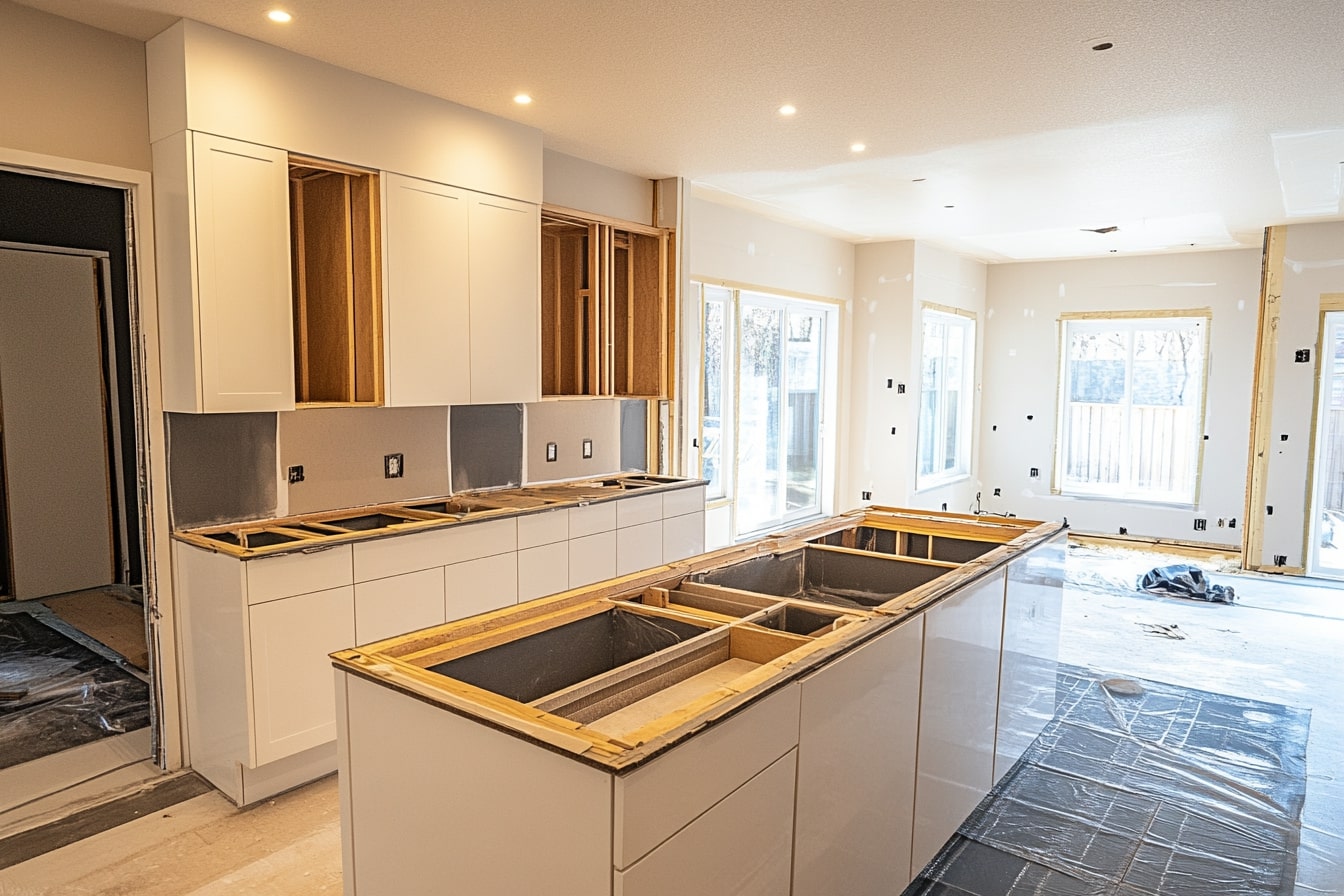Remodel Your Home: Smart Strategies for Renovation
Thinking about a home remodel? Whether you're upgrading a single room or tackling a full-house renovation, this guide walks you through practical strategies to boost comfort and resale value. Learn budgeting tips, kitchen and bathroom design priorities, contractor selection, and timeline management to make your renovation smoother and more cost-effective. Ideal for homeowners planning a remodel who want clear, actionable advice and realistic expectations.

Kitchen Remodel Fundamentals
The kitchen consistently ranks as one of the best rooms to renovate for both everyday livability and return on investment. Start by designing an efficient layout that supports meal preparation—traditionally achieved by arranging the sink, cooktop, and refrigerator to create an intuitive work triangle. Evaluate your current cabinetry for usability and storage; refacing or replacing cabinet doors can refresh the space without a full overhaul. Upgrading countertops and appliances improves durability and aesthetics, while adding an island can increase prep space, seating, and storage.
Contemporary kitchen projects often emphasize energy-efficient, connected appliances and sustainable materials like recycled countertops or responsibly sourced wood. Prioritize clear task zones (prep, cooking, cleanup) and ensure ample lighting—layered ambient, task, and accent lighting makes the space flexible and welcoming.
Bathroom Upgrades and Planning
Bathroom renovations can dramatically enhance daily comfort and appeal to future buyers. When planning, focus on moisture control—proper ventilation prevents mold and protects finishes. Choose water-resistant finishes for floors and walls, and select fixtures that balance style with water savings: low-flow toilets and faucets reduce usage without sacrificing performance.
Popular upgrades include walk-in or curbless showers, dual vanities for shared bathrooms, and improved storage like recessed medicine cabinets or built-in shelving. Lighting plays a key role; combine bright task lighting around mirrors with softer ambient fixtures. As you refine the layout, make sure circulation space and accessibility are considered—universal design features such as grab bars, curbless showers, and wider doorways add long-term value and usability.
Budgeting and Cost Breakdown
Creating a realistic budget upfront reduces surprises. Start with a prioritized wish list (must-haves vs. nice-to-haves) and obtain several estimates for major work. Expect costs to vary widely depending on materials, labor, regional pricing, and the extent of structural changes.
| Project Type | Average Cost Range | Typical ROI |
|---|---|---|
| Kitchen Remodel | $15,000 - $50,000 | 54–80% |
| Bathroom Remodel | $10,000 - $30,000 | 60–80% |
| Full House Renovation | $40,000 - $150,000+ | 50–75% |
| Room Addition | $20,000 - $75,000 | 48–75% |
Prices, rates, or cost estimates mentioned in this article are based on the latest available information but may change over time. Independent research is advised before making financial decisions.
When budgeting, allocate contingency funds (typically 10–20%) for unexpected issues like hidden damage or permit requirements. Decide where to invest for the most impact: kitchens and bathrooms often yield the strongest returns, while decorative changes (paint, flooring) can refresh spaces at lower cost.
Choosing the Right Contractors
Picking reliable professionals is essential to a successful renovation. Start by researching local contractors, reading reviews, and asking for referrals from friends or neighbors. Confirm that contractors hold the necessary licenses and insurance, and request several detailed written estimates that itemize materials, labor, timelines, and payment schedules.
A general contractor is often a good choice for large projects; they coordinate subcontractors (electricians, plumbers, carpenters), secure permits, and manage the schedule. For smaller, specialized jobs, hiring vetted subcontractors directly can be cost-effective. Always get a written contract that clarifies scope, milestones, warranties, and procedures for change orders to avoid misunderstandings.
Keeping Projects On Schedule and Ensuring Quality
A clear schedule with milestones keeps everyone accountable. Work with your contractor to set realistic start and end dates, and build in buffer time for material lead times or inspections. Regular site visits and progress meetings help you stay informed and allow issues to be addressed early.
Document any changes in writing and make sure revised timelines and costs are reflected in updated agreements. Quality control includes confirming that materials match specifications, inspections are completed, and finished work complies with local building codes. Photography during key stages can help track progress and support any warranty claims.
Finishing Touches and Long-Term Care
After construction, focus on finishing touches that elevate the completed work—proper trim, hardware, and final cleaning make a big difference. Ask for maintenance guidance for new systems and appliances, and keep documentation, warranties, and manuals in a dedicated folder for future reference.
Plan routine upkeep such as sealing countertops, servicing HVAC components, and re-caulking wet areas to extend the life of your investment.
A thoughtfully planned renovation balances aesthetic goals with practical concerns like budget, resale value, and maintenance. By defining priorities, selecting qualified professionals, and keeping communication clear, you’ll minimize stress and increase the chance your remodel delivers the desired comfort and return on investment.






